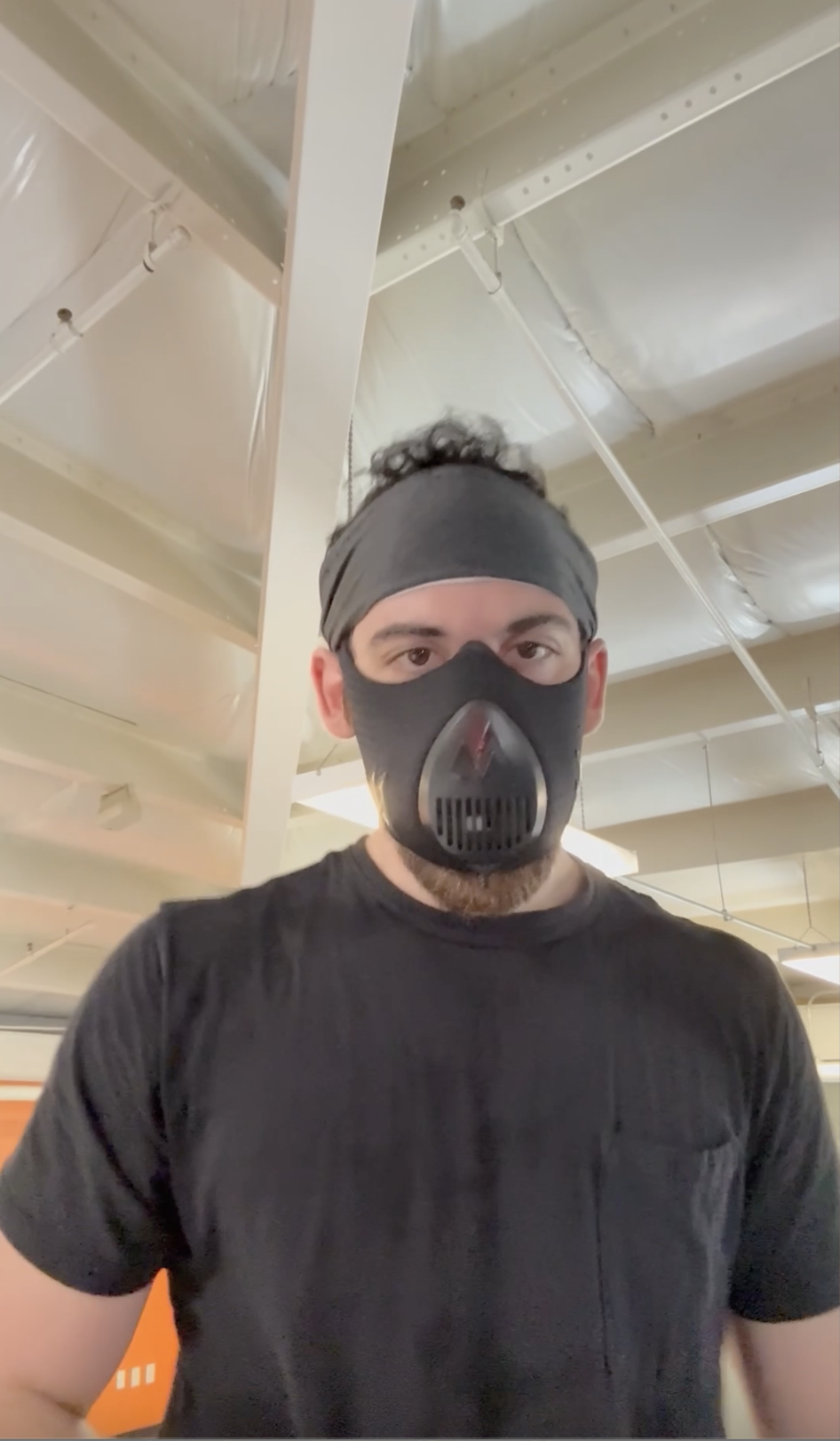Training for Everest Base Camp Trek
Planning a trek to Everest Base Camp? You’ve probably Googled things like “how to train for EBC” and found the usual advice: hike mountains every weekend, run marathons, or magically live at 10,000 feet. That’s great if you’re already living in Colorado — but what if you’re at sea level like me?
Here’s the full breakdown of how I trained for the Everest Base Camp trek — what worked, what didn’t, and what I wish I’d done differently.
My #1 training tool: the StairMaster. Simple, brutal, effective.
My Fitness Starting Point
Before I started training for Everest, I was already a pretty fit adult. I ate well and lifted weights regularly — but cardio? Pretty much nonexistent.
I planned my trek a year and a half in advance and started training one year out. And the foundation of that training came down to one thing:
The StairMaster.
I wanted a form of cardio that didn’t destroy my joints but still mimicked constant uphill trekking. The StairMaster beat out the incline treadmill for that exact reason.
My Weekly Training Plan
I trained 2–3 times per week in the beginning, then ramped up to 4–5 times per week closer to the trek.
Each session:
✅ 100 flights of stairs
✅ No handrails — ever
✅ Controlled pace (not crawling, not sprinting)
Early on, 100 flights took me 30 minutes. By month two, I had it down to 20.
This mask doesn’t simulate Everest perfectly — but it trains your lungs and your mindset.
Why I Used an Elevation Mask
Two months in, I added an elevation mask to simulate lower oxygen levels. It was humbling.
My time shot back up to 35 minutes. It felt like starting over. But over the next 10 months, I kept the same routine and slowly increased the difficulty level of the mask until I could hit 100 flights in 22 minutes — at the hardest setting.
Was it fun? No.
Was it effective? Absolutely.
Living at Sea Level? Here's What You Need to Know
I live in Florida — no mountains, no elevation. But I still needed to train like I was going to live in the Himalayas for two weeks.
That’s where the combo of the StairMaster + elevation mask saved me. I could push my lungs, my heart, and my mind without leaving town.
The Part No One Talks About: Mental Training
Most people only train their legs and lungs. But EBC is just as much a mental challenge as a physical one.
Here’s what people forget:
You’re far from home
You’re tired, cold, dirty, and uncomfortable
You might get sick, injured, or stuck in weather
There’s group tension and trail drama
If you’re not mentally tough? That’ll crush your whole experience.
You won’t just be physically tired — you’ll be mentally drained from the trail.
How the Elevation Mask Trained My Brain
Wearing that mask taught me to breathe slowly and stay calm — even when my body was screaming. It trained me to stay cool under pressure, which ended up being the most important skill I took to Nepal.
Did My Training Actually Help?
I didn’t feel any symptoms of altitude sickness until the final summit day. And while I can’t prove my training saved me from worse symptoms — I’d bet it helped.
Everyone’s body reacts differently to altitude. But training your lungs, heart, and mind will always give you an advantage.
FAQ: Did I Train With Hiking Boots?
Nope. I already had broken-in boots I trusted. I didn’t wear a weighted vest or backpack at the gym. My focus was on cardio and mental toughness — not simulating trail gear.
Would I recommend training with gear for others? Maybe — if you’re not used to your boots or carrying weight. Otherwise, prioritize endurance.
The 3 Big Myths About Training for Everest Base Camp
Let’s debunk a few things real quick:
❌ Myth 1: “If you’re young and fit, you won’t get altitude sickness.”
Wrong. I saw ultra-runners puking on the trail while a 60-year-old grandma cruised by.
❌ Myth 2: “You need to hike real mountains every weekend.”
Nope. Most of us don’t have that luxury. Just find cardio that builds your lungs and legs consistently.
❌ Myth 3: “The distance and incline are the hardest part.”
Wrong again. The trail is the real challenge — jagged rocks, uneven steps, and mental exhaustion. Every step demands focus.
This trail is never flat. Every step requires total focus.
Final Thoughts: Don’t Just Survive the Trek — Enjoy It
This training plan wasn’t perfect. But it worked for me — and it was realistic with my time and location.
You don’t need to be an athlete. You don’t need to live in the mountains. You just need to be consistent — and train your body and mind to suffer a little before you go.
If you do that?
You won’t just survive Everest Base Camp.
You’ll enjoy the hell out of it.
If you want to see how this all came together — the gear, the altitude, the crazy trail conditions, and what it actually feels like to hike to Everest Base Camp —
👉 Watch the full training breakdown video on my YouTube channel.
I walk you through everything, step-by-step, and share some extra tips I didn’t cover here.
And if you're planning your own trek?
📺 Check out my full Everest Base Camp YouTube series.
It’s packed with daily trail footage, honest thoughts from the trek, what I ate, where I stayed, and everything I wish I knew before going.
🎒 Real trekking. Real stories. No fluff.




